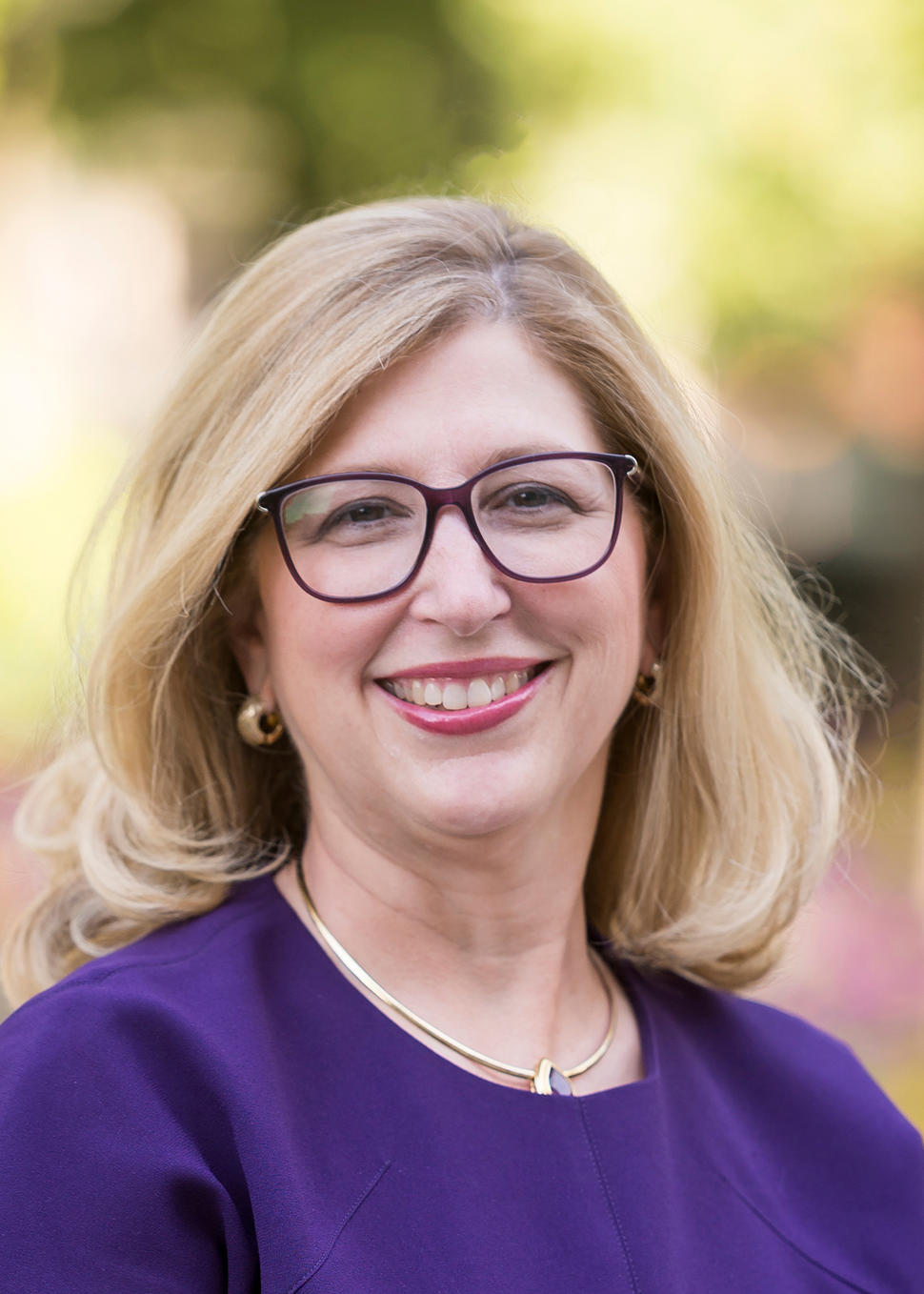, by NCI Staff
As survival rates have increased for young people diagnosed with cancer, so has the need for clinicians to talk with patients and families about how cancer and its treatment can affect fertility.
In 2006, Teresa K. Woodruff, Ph.D., of the Department of Obstetrics and Gynecology at Northwestern University, coined the term “oncofertility” to refer to a new field of medicine that connects oncology with reproductive health. Dr. Woodruff founded and serves as director of the Oncofertility Consortium, an interdisciplinary network focused on health care and quality-of-life issues among young cancer patients, particularly issues around fertility after cancer.
In November 2019, the Oncofertility Consortium held its annual meeting in Chicago. The consortium was started with an NIH grant, and the annual meeting is supported in part by NIH. Here, Dr. Woodruff discusses highlights of the meeting and the evolution of the field of oncofertility.
What is the difference between “oncofertility” and “fertility preservation”?
We find it important to use the term “oncofertility” because oncologists often don’t see themselves as fertility specialists. When we coined the term, I think it allowed for more of the cancer community to understand that this is a collaborative discipline where oncologists need to be actively involved in, but don’t have to understand, all of the fertility management strategies, and fertility doctors don’t have to understand all of the oncology side.
When this field got started, there was no good way for patients to bridge between their cancer- and fertility-care providers, the way we do for other providers. For example, a woman might go from a breast cancer surgeon to a plastic surgeon and back again. The field of oncofertility was created to address that and other challenges.
There are plenty of [in vitro fertilization] fertility centers for the general population, but if a cancer patient calls about fertility preservation, they could be put in a queue for 6 months. In an oncofertility consultation, you are an urgent case and providers have to think about a whole different set of ways to help you navigate care. It sets off the need to talk with the oncologist, to understand what the care plan is, and then to tailor the fertility intervention accordingly.
Can you provide some background on the Oncofertility Consortium?
The Oncofertility Consortium was founded to develop strategies for multiple disciplines to come together for the urgent and unmet need of addressing fertility issues among young cancer patients.
[The consortium] is kind of this corridor of communication between people who may not have had to manage fertility for cancer patients before. For example, we connect oncologists with reproductive endocrinologists because young cancer patients who lose ovarian or testicular [tissue] are not just possibly going to be infertile, they are losing hormones that could lead to bone health concerns, or they could go into a profound and early menopause. Even males, when they lose testosterone, go through a profound menopause-like state and have hot flashes.
So, we really try to think not only about fertility, but also about things like hormone health and management for young people and, overall, in a [big-picture] way about how to help a patient with cancer achieve and maintain good reproductive function.
What happens at the Oncofertility Consortium’s annual meeting?
The Oncofertility Consortium offers a web portal for providers with information on fertility management options, and its website has a resource to help patients locate fertility clinics. The group also provides a helpline for patients (“the “Fertline”) and access to a patient navigator who can help patients and families make a fertility preservation plan.
It’s almost a lab meeting in some ways. It’s not like a traditional meeting where you’re hearing from the super luminaries of the world. We’re hearing from the people in practice who are really working every day to develop strategies for patient care.
At our meeting this year, we had 250 participants from about 20 different countries. We had oncologists, endocrinologists, urologists, pediatric and adolescent health specialists, social workers, and nurse navigators. We had patients and parents and partners and grandparents, we had advocates, we had scientists. We basically have what I call “360 degrees of care” represented at this meeting.
I think one of the key reasons why this meeting continues to be so successful and to grow is because it puts “boots and heels on the ground,” making sure that fertility management is part of the equation [in cancer care].
How has the annual meeting evolved over the years?
It’s evolved to involve a broader and broader constituency group and broader and broader themes. At the very beginning, it was really just oncofertility practice, how you develop it, and largely for adults [with cancer]. Over time, it’s moved toward pediatrics.
It’s also moved from initially just trying to establish the field … to now addressing a wide range of issues faced by those working in this area. This year, for example, we discussed the insurance reimbursement legislation that several states across the United States have passed that compel insurers to cover fertility preservation procedures for cancer patients and others who are facing potential infertility due to medical treatment. We had a great report from Joyce Reinecke [executive director of the Alliance for Fertility Preservation] on all the exceptional legislative and advocacy work that’s happening.
If you had told me in 2006 that, by 2019, we’d have eight or nine states passing legislation to require insurers cover oncofertility services, I would have said, well that’s just too fast, how could that happen? Each year it really continues to blow our minds—those of us who’ve been here this whole time.
The other part of this meeting is that the majority of attendees are new to the meeting each year. These are folks who are trying to set up their oncofertility practices, who are new to learning how to enable a navigator to work between oncology and fertility. So, we are constantly balancing the needs of someone who is brand new to this discipline, and needs the nuts and bolts and fundamentals, with those of people who have seen the discipline develop over time.
What are some of the highlights from this year’s meeting?
This year we highlighted pediatric oncofertility. There were a lot of great discussions about how to get information to the parent.
When children are diagnosed with cancer and their parents are learning about cancer treatment, they are really thinking about the survival of their kids and are making a lot of complex decisions about their kids’ future health. One of the factors that they can now integrate into a discussion of treatment approaches and their effect is the future fertility of their child.
We also talked about how patient consent for therapies to preserve fertility needs to happen and what the best practices need to be. There was some discussion about what’s on the horizon, both in terms of changes in radiation therapy for pediatrics as well as the potential of new therapies to protect fertility.
Two keynote speakers addressed the ethical issues of fertility management. Some of that has to do with ensuring that parents of pediatric and adolescent patients have information about the kinds of procedures now and after they recover from cancer and are ready for a family; those were very dynamic discussions. Issues of ethics, religion, and the law have been part of the Oncofertility Consortium since the very first meeting, and so we continue to ensure that we include those kinds of deliberative topics as part of the discussion.
What are the biggest challenges patients and practitioners still have in oncofertility?
The biggest challenge is getting more clinicians to adhere to [ASCO] guidelines that call for them to initiate discussions with their younger patients about fertility preservation. The reason the guidelines are not adhered to … it’s not that practitioners are negative or antithetical to it, it’s just that they may not have an easy route for referral or the confidence in how their patients should be managed.
I think the most important thing the Oncofertility Consortium does is help create the structure that ultimately provides greater access to fertility management for more and more cancer patients across the nation.








